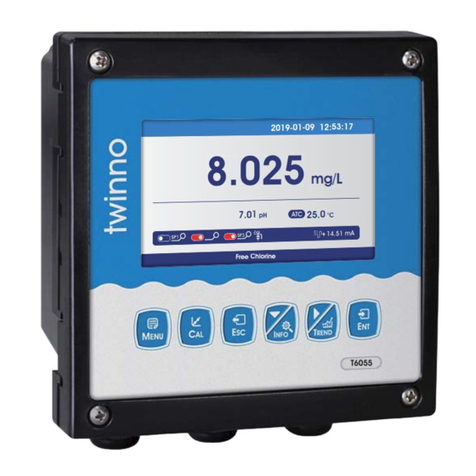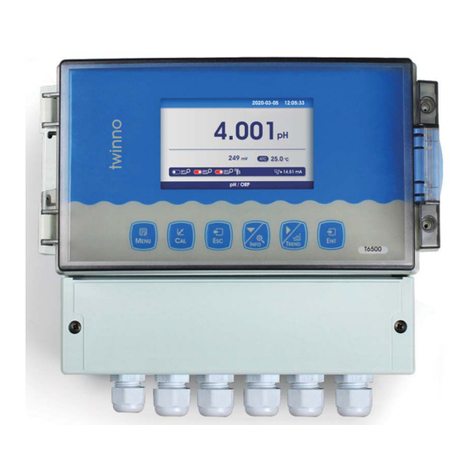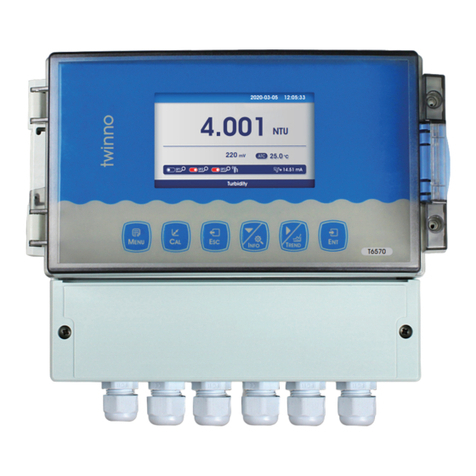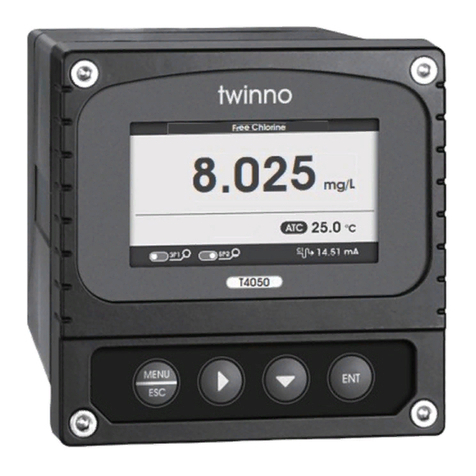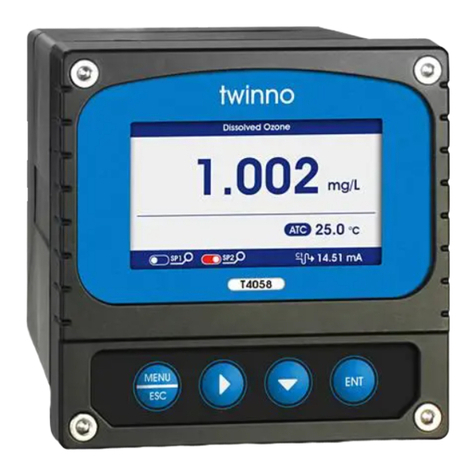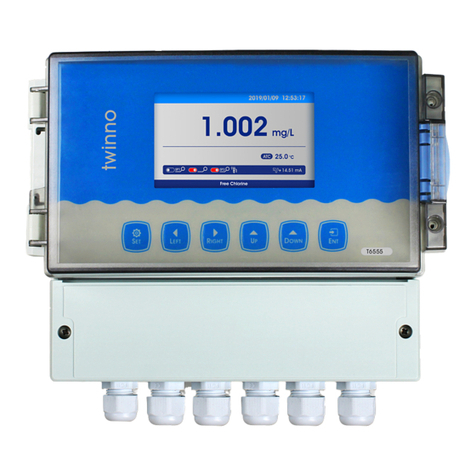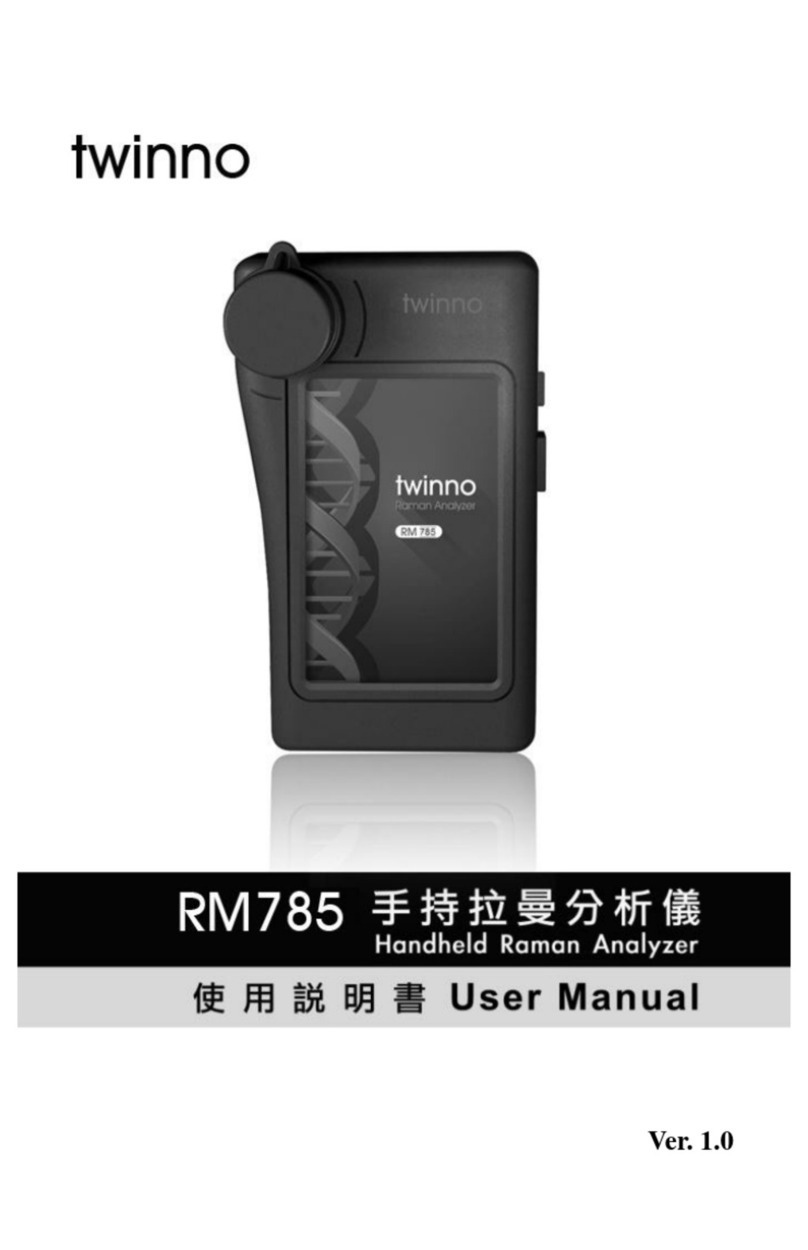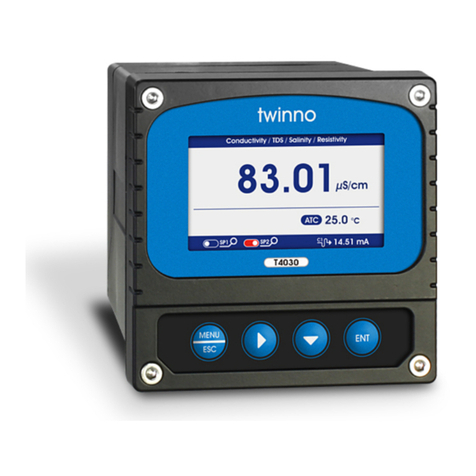
Content
Preface................................................................................................................................................. 1
Features............................................................................................................................................... 2
Technical Specifications.......................................................................................................................3
Instrument installation........................................................................................................................ 4
Keypad descriptions............................................................................................................................ 6
Display description.............................................................................................................................. 7
Menu Structure................................................................................................................................... 8
Calibration......................................................................................................................................... 11
Graphic Trend(Trend Chart)...............................................................................................................12
MODBUS RTU General Information..................................................................................................13
MODBUS RTU Transmission Mode................................................................................................... 14
MODBUS RTU CRC Check.................................................................................................................. 16
Implementation of MODBUS RTU in Instrument............................................................................. 16
Instrument MODBUS RTU function code..........................................................................................16
MODBUS function code 0x10: write multiple registers................................................................... 18
Data format in instrument................................................................................................................ 19
Read instruction mode......................................................................................................................22
Saturated Oxygen Meter in Water at Different Temperatures......................................................... 23
Daily maintenance.............................................................................................................................24
Frequently Asked Questions............................................................................................................. 25
Package Set........................................................................................................................................26
Warranty............................................................................................................................................27
Notes................................................................................................................................................. 28
